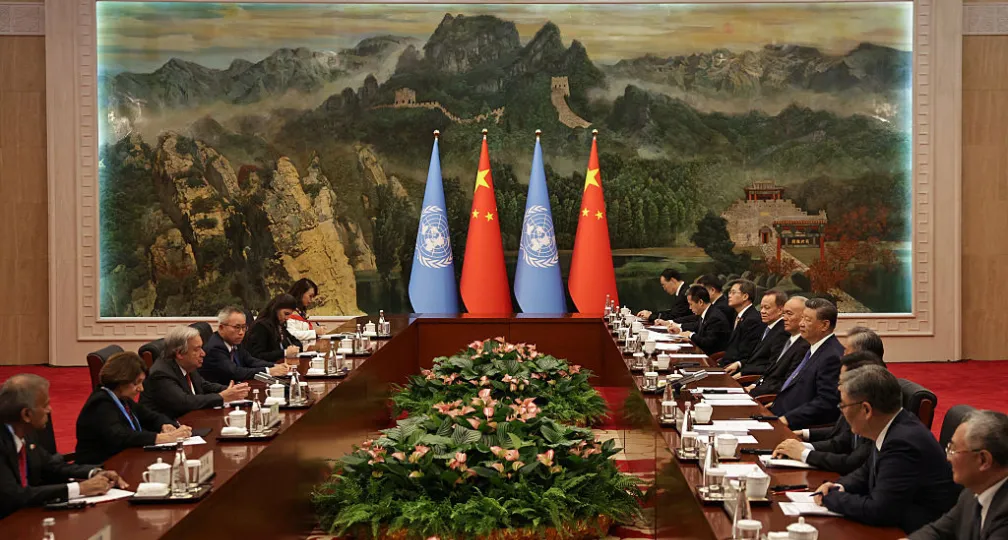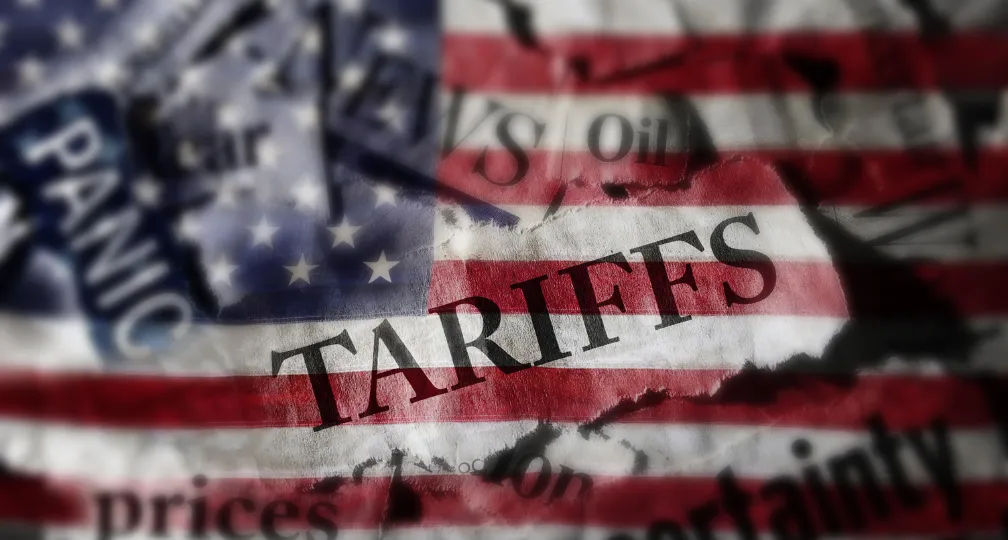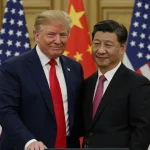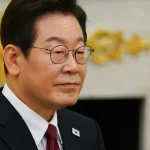India in a Tariff-ied World
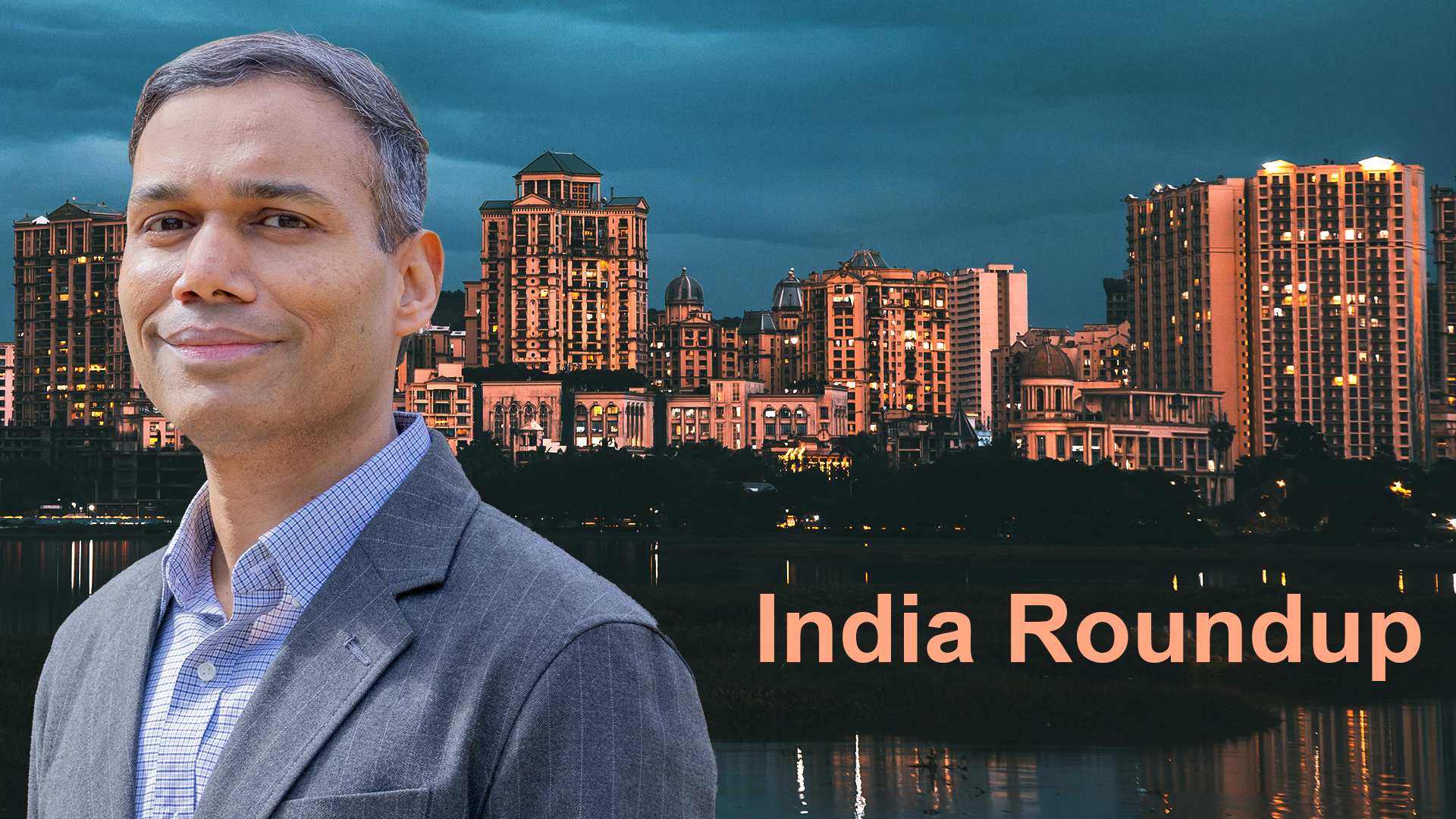
The Angst
Trump administration was expected to trade salvos on countries where it could force quick concessions without the risk of retaliation. India was precariously placed in this category. Yet, the “Liberation Day” tariffs proved haphazardly maximalist. The nascent bipartisan pushback amid the flurry of forecasts of stagflation in the United States, is raising hopes of a slow course correction.
At the time of writing, India had to contend with 27% import tax, much lower than Asian peers such as Vietnam – boasting a highly US centric manufacturing base– that was grievously hit with a 46% levy.
In 2024, US accounted for 18% of India’s merchandise export – valued at $77 billion – with India running a trade surplus of around $26 billion. Tariff on Indian exports is expected to generate about $20 billion in revenue for the US treasury – a meagre addition to the coffers for the impending tax-cuts.
The announcement of “discounted” reciprocal tariffs ostensibly aimed at restoring fairness in trade, poses significant risks for Indian businesses, jobs and economic growth. US tariffs could potentially reduce India’s GDP growth by 30 to 60 basis points (bps), with the feared decline of $30-33 billion in exports to the US. It is milder when compared to China – facing a cumulative tariff of 67%, shaving up to 230 bps from an already anemic growth. Swift Chinese retaliation makes tariff war intractable and the US recession imminent.
The White House has already imposed a 25% duty on certain steel products and 10% on aluminum products from India – not expected to be accumulative. The sectors highly vulnerable to new tariffs are apparel, diamonds & jewelry and electronics.
US has also threatened secondary tariffs on buyers of Russian energy, though it did not find mention in the sweeping target list – most likely a negotiation ploy to secure a ceasefire in the Eurasia. Indian refiners – among the largest importers of Russian crude – have started looking at the alternative supplies.
Mitigation Act
During March, the trade discussions between the two countries proceeded at a frantic pace. To accelerate the talks, Indian trade minister paid a hurried visit to Washington.
Modi government has staked considerable political capital on placating Trump, proactively lowering the tariff and non-tariff barriers. Some of the early concessions include reducing tariffs on high-end motorcycles and bourbon whiskey, mostly symbolic considering the limited local demand.
To help balance trade, India has offered to substantially increase energy imports and fast track purchase of defense equipment from the US, but the high prices have stymied a deal announcement. On 1st April, India removed the 6% tax on digital advertisements that primarily affected US tech firms. India is further offering to substantially lower the tariff on EVs, ignoring feverish opposition by local carmakers.
The most contentious issue continues to be the Indian tariffs on agricultural imports. Removing these barriers is extremely unpopular and would be politically unpalatable to Modi’s Bhartiya Janata Party led ruling coalition. The White House is ratcheting up the pressure by frequently denouncing these tariffs, forcing India to mull lowering the duties on US pecans, pulses and non-genetically modified soyabean.
Indian officials are downplaying the Liberation tariffs, expecting a partial roll back. For the medium term, the two sides are working on an ambitious trade agreement – expected to be concluded by November – that aims to double the bilateral trade to $500 billion by 2030.
The Silver Lining
The forced opening of the Indian economy may lead to long term spread-out benefits. Immediately, this offers increased access to one of the largest markets. In the medium term, it has the potential of forcing competition in various sectors that may lead to an invigorated industrial base, as only the most efficient and productive firms survive the ruthless industrial churn. The reduced cost of imported inputs, and improved access to US and other markets – because of the trade agreements in the pipeline – may help India attract manufacturing investments, both from home and abroad.
A Turn of Historic Proportion?
The focus on unfair balance of trade has also opened an Indo-Chinese negotiation. China that runs a significant trade surplus, has shown a willingness to import more from India – revealing Chinese efforts in coalescing a trade coalition to re-fashion supply chains away from the US.
Macro-Financial Outlook in March
India registered a slight dip in economic sentiments. The HSBC Flash India Composite Purchasing Manager’s Index (PMI) declined to 58.6 from 58.8 in February. Yet the manufacturing sector showed resilience with the rising PMI. Good news notwithstanding, manufacturers face margin squeeze in the medium term, driven by increasing input prices against moderation in export order growth in US. The PMI for the services sector was weak, reflecting the anticipation of new US tariffs affecting global trade dynamics.
The stock market continued a surprisingly subdued downward trend, showing market expectations of a reversal in the trade war. Surprisingly, Indian Rupee emerged as the best performing major Asian currency in March, bolstered by foreign capital inflows and the unwinding of previous positions – A rally that belies the fear of impending economic shocks.
The central bank (RBI) is widely anticipated to implement interest rate cuts in April and August, with inflation moderating due to strong seasonal (kharif) harvest and expected tsunami of cheaper imports.
Geopolitical Exchanges
In mid-March, New Zealand prime minister visited India, to deepen the trade, defense and security co-operation. He mentioned Chinese naval exercises in Oceania as one of the drivers for the outreach.
US Director of National Intelligence (DNI) also paid a visit to India to enhance the bilateral cooperation in intelligence gathering.
In a sign of growing strategic ambition, India will hold first edition of the bi-annual multinational naval exercise with 10 African nations in mid-April, in the coast off Tanzania. With this initiative, India is hoping to deepen military outreach in a continent where China has long dominated.
In April, Modi attended BIMSTEC summit – a seven-country regional grouping in which India plays a pivotal role – in Bangkok.
In Sum
India has seemingly done well to minimize the negative fallouts from trade uncertainty, by proactively engaging with US and other countries. The uncertainty, while risky in the short run, also nudges Indian companies towards quality and productivity focused transformation.
Disclaimer: This report is based on information available as of April 5, 2025, and represents an analysis of geoeconomic trends. It is intended for informational purposes only and should not be construed as business advice. The views expressed in this India Roundup do not necessarily reflect those of the API, the Institute of Geoeconomics (IOG) or any other organizations to which the author belongs.
API/IOG English Newsletter
Edited by Paul Nadeau, the newsletter will monthly keep up to date on geoeconomic agenda, IOG Intelligencce report, geoeconomics briefings, IOG geoeconomic insights, India Roundoup, new publications, events, research activities, media coverage, and more.


Visiting Research Fellow
Manish Sharma is an ex-investment banker, with over two decades of experience spanning academia, consulting, think tank and corporate finance. His academic journey includes research and teaching positions at renowned institutions including Jawaharlal Nehru University, University of Tokyo, London School of Economics, and Doshisha Business School. Currently, he is an associate professor of economics, at Hosei University in Tokyo. Until 2012, Dr. Sharma served as Director (M&A) in the Corporate Finance Department at Daiwa Capital Markets' Tokyo headquarters, providing strategic financial guidance to major corporations. He subsequently transitioned to full-time academia, bringing his extensive practical knowledge to universities across Asia. His other notable experiences include 13 years of radio newscasting with NHK World, and running an investment advisory. His teaching and research interests cover Indian/ASEAN markets, tech sector, corporate finance, investments, valuation, geoeconomics and day-trading. Dr. Sharma holds a Ph.D. in Financial Economics.
View Profile-
 Japan-India Defense in a Fragmenting Indo-Pacific2025.12.10
Japan-India Defense in a Fragmenting Indo-Pacific2025.12.10 -
 The “Economic Security is National Security” Strategy2025.12.09
The “Economic Security is National Security” Strategy2025.12.09 -
 India - Japan: The Glimpse of a Shared Vision2025.12.05
India - Japan: The Glimpse of a Shared Vision2025.12.05 -
 Beijing’s ‘Globalist’ Agenda Under Trump 2.02025.12.01
Beijing’s ‘Globalist’ Agenda Under Trump 2.02025.12.01 -
 Trump’s Tariffs Might Be Here to Stay – No Matter Who’s in Power2025.11.28
Trump’s Tariffs Might Be Here to Stay – No Matter Who’s in Power2025.11.28
 Event Report: The Trump Tariffs and Their Impact on the Japanese Economy2025.11.25
Event Report: The Trump Tariffs and Their Impact on the Japanese Economy2025.11.25 The Real Significance of Trump’s Asia Trip2025.11.14
The Real Significance of Trump’s Asia Trip2025.11.14 The long road to a South Korea-U.S. trade deal2025.11.26
The long road to a South Korea-U.S. trade deal2025.11.26 The “Economic Security is National Security” Strategy2025.12.09
The “Economic Security is National Security” Strategy2025.12.09 India’s Structural Reforms: Opportunities and Risks2025.11.14
India’s Structural Reforms: Opportunities and Risks2025.11.14




